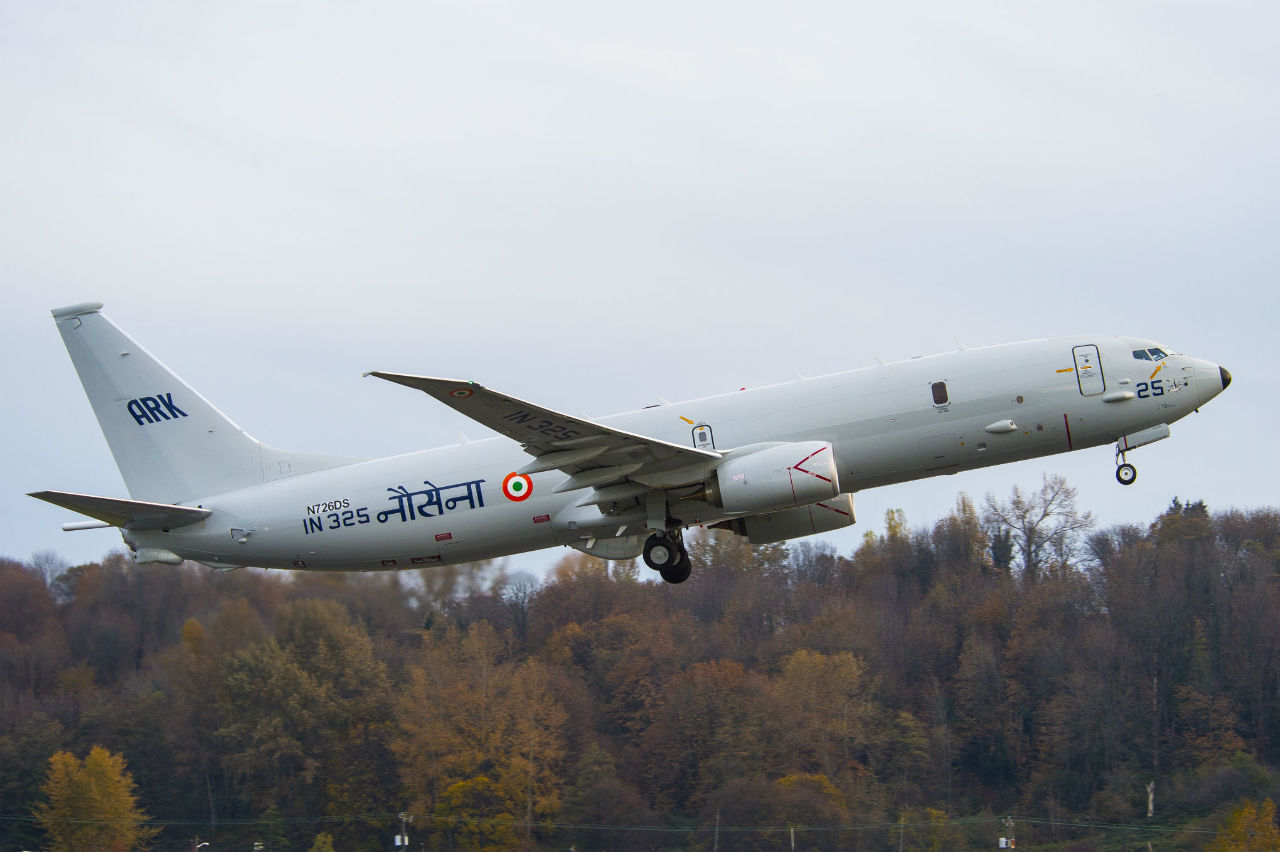Global military expenditure in 2015 was an estimated $1,676bn, representing an increase of about 1.0% in real terms from 2014. Total expenditure was equivalent to 2.3% of global gross domestic product (GDP), according to the Stockholm International Peace Research Institute (SIPRI). The SIPRI Military Expenditure Database was updated on 5th April 2016 to include new data for 2015.
Military expenditure in North America and Western Europe fell again in 2015, but at a slower pace than in previous years, according to the SIPRI data. Military expenditure decreased in Africa, breaking an 11-year trend of spending increases. Spending in Latin America and the Caribbean also declined. In contrast, spending in Central and Eastern Europe continued to rise sharply. There were also substantial increases in Asia and Oceania and in those countries in the Middle East for which data is available.
The United States, with total expenditure of $596bn, remains by far the world’s largest military spender, at nearly three times the level of China, which is ranked second. Despite the downward trend in US spending over the past five years, the USA’s share of world military expenditure remains high, at 36%. China stayed in second place, with spending rising by 7.4% in 2015, although the rate of increase is beginning to slow in line with weakening economic growth.
Saudi Arabia overtook Russia to become the third-largest spender, mainly due to the fall in the value of the rouble. Despite additional spending by Saudi Arabia on military operations in Yemen, its annual rate of growth also slowed (5.7%) due to the sharp fall in the price of oil. The fall in oil prices meant that Russia’s increase of 7.5% in 2015 was considerably lower than projected in its budget. Moreover, the 2016 budget shows a reduction in military spending. Nevertheless, Saudi Arabia and Russia registered the highest levels of military expenditure as a share of GDP since 1990 (13.7% and 5.4%, respectively).
Military spending in Asia and Oceania rose by 5.4% in 2015, reaching $436bn at current prices and exchange rates. China had by far the highest military expenditure in the region: an estimated $215bn, or 49% of regional spending. This was more than four times that of India, which was the region’s second-largest spender.
Heightened tensions with China over the South China Sea are reflected in substantial growth in military expenditure in 2015 by Indonesia (16%), the Philippines (25%) and Vietnam (7.6%). Japan also began to increase spending in 2015 after years of decline, signalling rising threat perceptions from both China and North Korea.
India’s military spending in 2015 was $51.3bn, an increase of 0.4%. India plans to increase military expenditure by about 8% (in real terms) in 2016, partly to fund many large ongoing and planned procurement programmes.
Afghanistan reduced spending by 19% to $199 million in 2015, which is perhaps surprising as Afghan forces have assumed responsibility for security following the withdrawal of most foreign troops. However, Afghanistan’s military is mainly funded by military aid from foreign donors, which amounted to $5.35bn in 2015.

